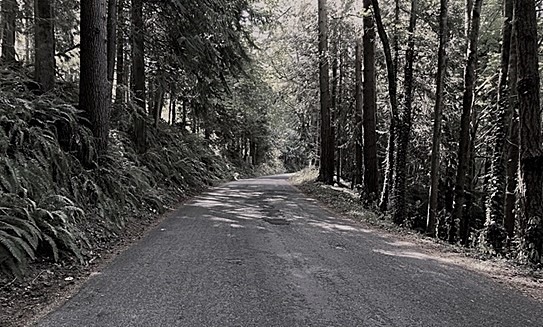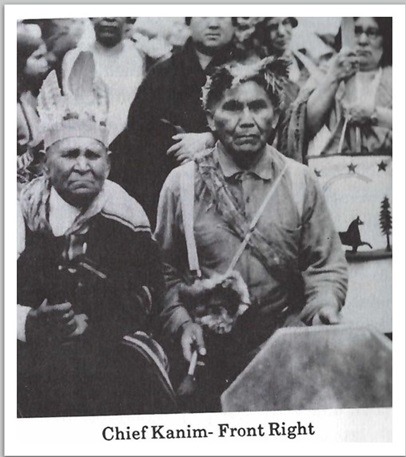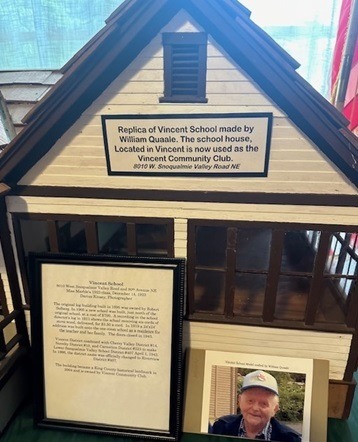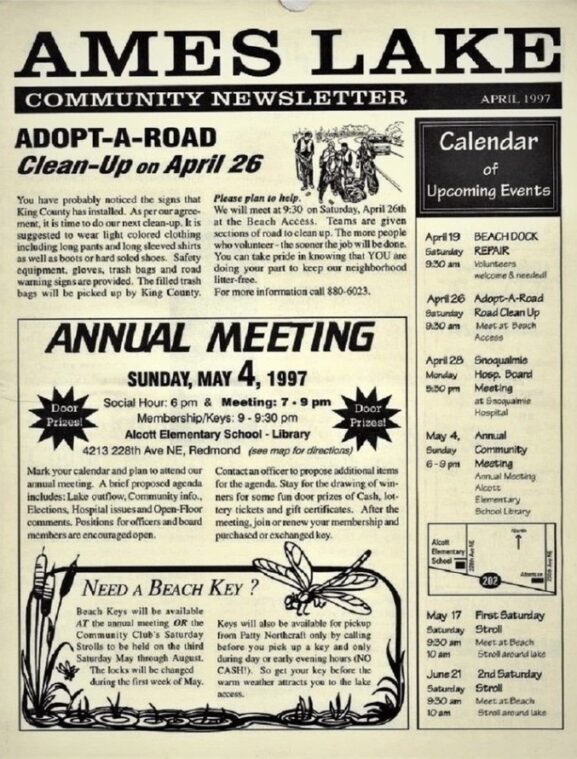In the early 1900s, John Ames built a home for his family on the west bank of the Snoqualmie River. It was just downstream from the mouth of the Tolt River, presently Tolt-McDonald Park.
In those days, there was no electricity or running water in the area. Most families came here for the day or camped for the weekend.
Ames built a ferry, which ran on a cable, and charged a small fee to carry passengers and wagons across the river.
John Ames’ son Arthur was killed while working on the railroad. His father named Ames Lake in his honor.
Ames Lake was platted in 1941 and registered in 1942.
From 1951 to 1962, the state frequently restocked the lake and permitted large numbers of fishermen access. On the opening day of fishing season, you could walk across the lake from one boat to another.
In 1962, owners of property within the plat adopted regulations stating that the lake should be used and developed exclusively for the private and recreational use of the residents. It also stated that motorboats would not be allowed.
In 1966, Ames Lake became a private lake. It is one of the only private lakes in Washington State.






